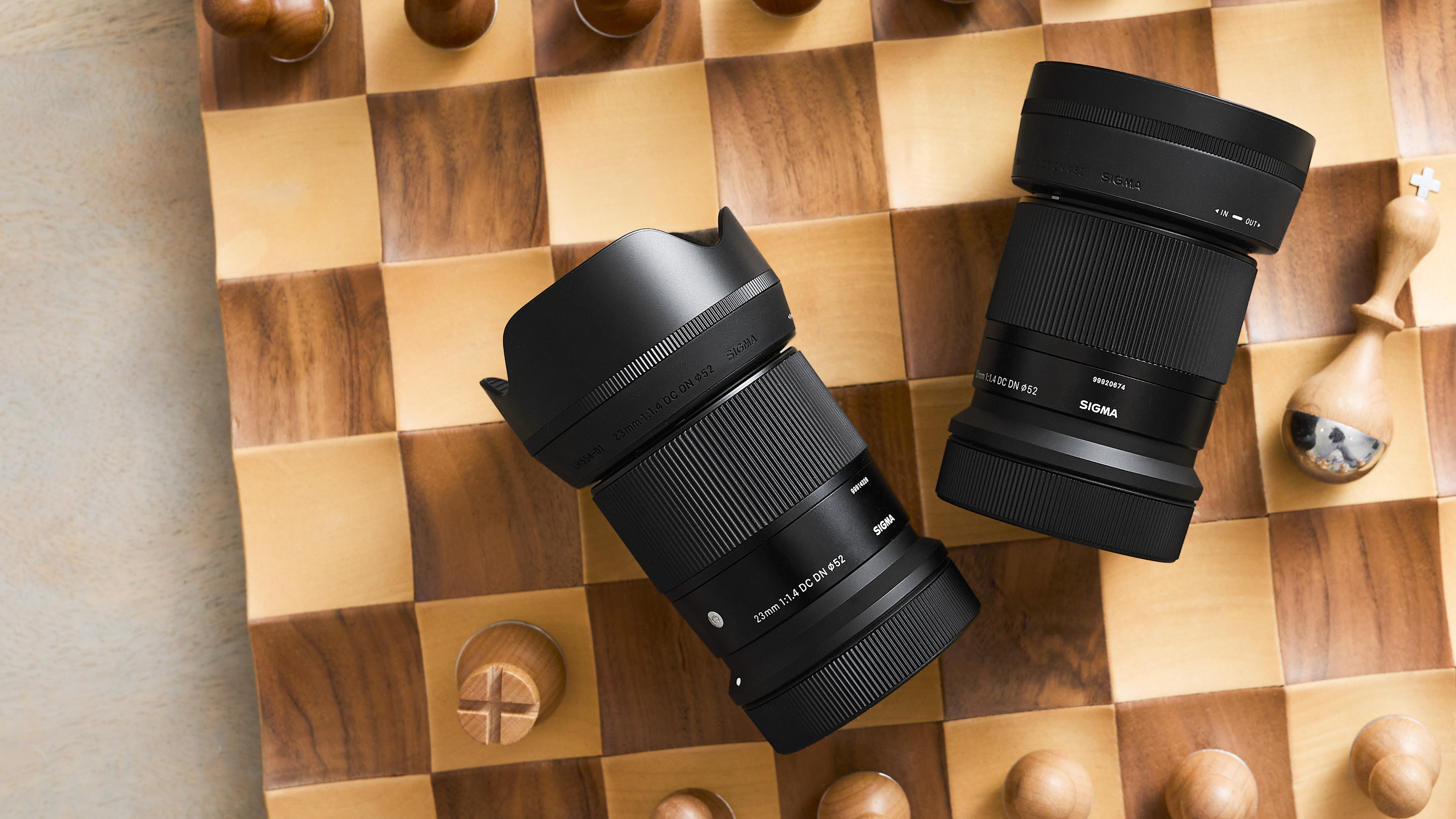
SMASHINGMAGAZINE.COM
The Role Of Illustration Style In Visual Storytelling
Illustration has been used for 10,000 years. One of the first ever recorded drawings was of a hand silhouette found in Spain, that is more than 66,000 years old. Fast forward to the introduction of the internet, around 1997, illustration has gradually increased in use. Popular examples of this are Googles daily doodles and the Red Bull energy drink, both of which use funny cartoon illustrations and animations to great effect.Typically, illustration was done using pencils, chalk, pens, etchings, and paints. But now everything is possible you can do both analog and digital or mixed media styles.As an example, although photography might be the most popular method to communicate visuals, it is not automatically the best default solution. Illustration offers a wider range of styles that help companies engage and communicate with their audience. Good illustrations create a mood and bring to life ideas and concepts from the text. To put it another way, visualisation.Good illustrations can also help give life to information in a better way than just using text, numbers, or tables.How do we determine what kind of illustration or style would be best? How should illustration complement or echo your corporate identity? What will your main audience prefer? What about the content, what would suit and highlight the content best, and how would it work for the age range it is primarily for? Before we dive into the examples, lets discuss the qualities of good illustration and the importance of understanding your audience. The rubric below will help you make good choices for your audiences benefit. What Makes A Good IllustrationVisualises something from the content (something that does not exist or has been described but not visualised).Must be aesthetically pleasing, interesting, and stimulating to look at (needs to have qualities and harmonies between colour, elements, proportions, and subject matter).Must have a feel, mood, dramatic edge, or attitude (needs to create a feeling and describe or bring to life an environment).The illustration should enhance and bring to life what is described in text and word form.Explains or unpacks what is written in any surrounding text and makes it come to life in an unusual and useful way (the illustration should complement and illuminate the content so readers better understand the content).Just look at what we are more often than not presented with.The importance of knowing about different audiencesIt is really important to know and consider different audiences. Not all of us are the same and have the same physical, cognitive, education, or resources. Our writing, designs, and illustrations need to take into account users make-up and capabilities.There are some common categories of audiences:Child,Teenager,Middle-aged,Ageing,Prefer a certain style (goth, retro, modern, old fashioned, sporty, branded).Below are interesting examples of illustrations, in no particular order, that show how different styles communicate and echo different qualities and affect mood and tone.WatercolourGood for formal, classy, and sophisticated imagery that also lends itself to imaginative expression. It is a great example of texture and light that delivers a really humane and personal feel that you would not get automatically by using software.StrengthsFeeling, emotion, and sense of depth and texture.Drawing With Real-life objectsA great option for highly abstract concepts and compositions with a funny, unusual, and unreal aspect. You can do some really striking and clever stuff with this style to engage readers in your content.StrengthsConceptual play.Surreal PhotomontagePerfect for abstract hybrid illustration and photo illustration with a surreal fantasy aspect. This is a great example of merging different imagery together to create a really dramatic, scary, and visually arresting new image that fits the musicians work as well.StrengthsConceptual mixing and merging, leading to new unseen imagery.CartoonWell-suited for showing fun or humorous aspects, creating concepts with loads of wit and cleverness. New messages and forms of communication can be created with this style.StrengthsConceptual.Cartoon With Block ColourWorks well for showing fun, quirky, or humorous aspects and concepts, often with loads of wit and cleverness. The simplicity of style can be quite good for people who struggle with more advanced imagery concepts, making it quite accessible.StrengthsSimplicity and unclutteredness.Clean VectorDesigned for clean and clear illustrations that are all-encompassing and durable. Due to the nature of this illustration style, it works quite well for a wide range of people as it is not overly stylistic in one direction or another.StrengthsRealism, conceptual, and widely pleasing.Textured Vintage Clean VectorBest suited for imagining rustic imagery, echoing a vintage feel. This a great example of how texture and non-cleanliness can create and enhance the feeling of the imagery; it is very Western and old-fashioned, perfect for the core meaning of the illustration.StrengthsAged feeling and rough impression.PictogramHighly effective for clean, legible, quickly recognizable imagery and concepts, especially at small sizes as well. It is no surprise that many pictograms are to be seen in quick viewing environments such as airports and show imagery that has to work for a wide range of people.StrengthsLegibility, speed of comprehension (accessibility).Abstract GeometricA great option for visually attractive and abstract imagery and concepts. This style lends itself to much customising and experimentation from the illustrator, giving some really cool and visually striking results.StrengthsVisual stimulation and curiosity.Lithography EtchingIdeal for imagery that has an old, historic, and traditional feel. Has a great feel achieved through sketchy markings, etchings, and a greyscale colour palette. You would not automatically get this from software, but given the right context or maybe an unusual juxtaposed context (like the clash against a modern, clean, fashionable corporate identity), it could work really well.StrengthsRealism and old tradition.3D gradientIt serves as a great choice for highly realistic illustration with a friendly, widely accessible character element. This style is not overly stylistic and lends itself to being accepted by a wider range of people.StrengthsWidely acceptable and appropriate.Sci-fi Comic Book And Pop ArtIts especially useful for high-impact, bright, animated, and colourful concepts. Some really cool, almost animated graphic communication can be created with this style, which can also be put to much humorous use. The boldness and in-your-face style promote visual engagement.StrengthsAnimation.TatooWell-suited for bold block-coloured silhouettes and imagery. It is so bold and impactful, and there is still loads of detail there, creating a really cool and sharp illustration. The illustration works well in black and white and would be further enhanced with colour.StrengthsDirectness and clarity.PencilPerfect for humane, detailed imagery with plenty of feeling and character. The sketchy style highlights unusual details and lends itself to an imaginative feeling and imagery.StrengthsHumane and detailed imaginative feeling.GradientEspecially useful for highly imaginative and fantasy imagery. By using gradients and a light-to-dark color palette, the imagery really has depth and says, Take me away on a journey.StrengthsFantasy (through depth of colour) and clean feeling.CharcoalIt makes an excellent option for giving illustration a humane and tangible feel, with echoes of old historical illustrations. The murky black-and-white illustration really has an atmosphere to it.StrengthsHumane and detailed feeling.WoodcutIt offers great value for block silhouette imagery that has presence, sharpness, and impact. Is colour even needed? The black against the light background goes a long way to communicating the imagery.StrengthsStriking and clear.FashionA great option for imagery that has motion and flare to it, with a slight feminine feel. No wonder this style of illustration is used for fashion illustrations, great for expressing lines and colours with motion, and has a real fashion runway flare.StrengthsMotion and expressive flare.CaricatureIdeal for humorous imagery and illustration with a graphic edge and clarity. The layering of light and dark elements really creates an illustration with depth, perfect for playing with the detail of the character, not something you would automatically get from a clean vector illustration. It has received more thought and attention than clean vector illustration typically does.StrengthsDetail and humour.PaintIt serves as a great choice for traditional romantic imagery that has loads of detail, texture, and depth of feeling. The rose flowers are a good example of this illustration style because they have so much detail and colour shades.StrengthsTradition and emotions.ChalkWell-suited for highly sketchy imagery to make something an idea or working concept. The white lines against the black background have an almost animated effect and give the illustrations real movement and life. This style is a good example of using pure lines in illustration but to great effect.StrengthsHand-realised and animation.Illustration Sample CardHow To Start Doing IllustrationThere are plenty of options, such as using pencils, chalk, pens, etchings, and paints, then possibly scanning in. You can also use software like Illustrator, Photoshop, Procreate, Corel Painter, Sketch, Inkscape, or Figma. But no matter what tools you choose, theres one essential ingredient youll always need, and that is a mind and vision for illustration.Recommended ResourcesAssociation of Illustrators20 Best Illustration Agents In The UK, And The Awesome Illustrators They Represent, Tom MayIts Nice ThatBehance Illustration
0 Comentários
0 Compartilhamentos
248 Visualizações












